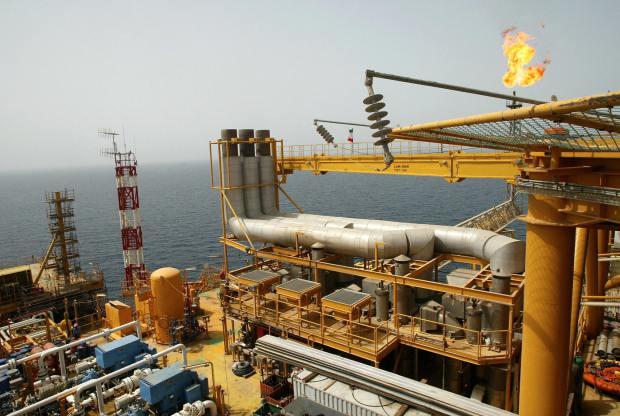
IRAN: FOURTH - LARGEST

Country Analysis Brief Overview
Iran holds the world's fourth-largest proven oil reserves and the world's second-largest natural gas reserves. International sanctions are redefining the Iranian energy sector, and the lack of foreign investment and technology is affecting the sector profoundly.
More than half of Iran's oil reserves are confined to five giant fields, the largest of which is the Marun field.
Iran's crude oil production fell dramatically in 2012, and, although it remained the second-largest OPEC producer on average during the year, it exceeded Iraq's production only narrowly. In August 2012, its crude oil production fell below Iraq's for the first time since 1989.
Once the third-largest exporter of crude oil, Iran has seen its exports drop to 1.5 million bbl/d in 2012 as the United States and the European Union tightened sanctions that target the country's oil exports. Despite the precipitous decline in exports, it remained among the top ten exporters in 2012.
Over the past few years, Iran has expanded its domestic refining capacity to meet growing domestic demand, particularly for gasoline.
Iran holds the world's second-largest reserves of natural gas, but the vast majority of these reserves are undeveloped.
Iran is the third-largest natural gas producer in the world due in part to the development of the giant South Pars field. Despite repeated delays in field development and the effects of sanctions, Iran's natural gas production is expected to increase in the coming years.
Development of the offshore South Pars field is of vital importance to Iran, both politically and economically. Natural gas production from South Pars is critical to meet increasing domestic consumption and to meet Iran's current and future export obligations.
While Iran is a net exporter of electricity, increasing domestic demand has created supply shortfalls during times of peak energy demand.





